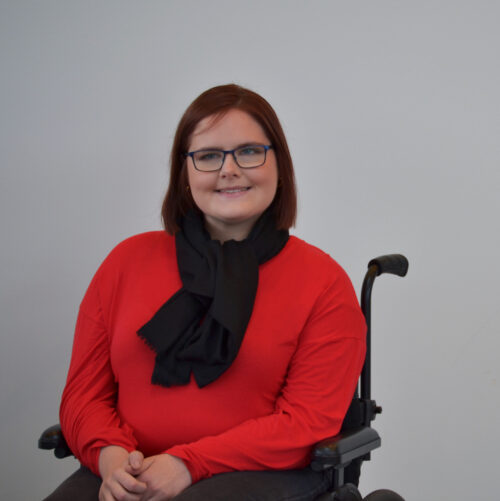
“Finally, a female weightlifter!”
This is a phrase I got slapped in the face with when I arrived at my first weightlifting practice in 2016, with a sports team for disabled people. I had registered at the reception and asked the assistant for direction in the sport centre. The lady in the reception had a wide smile when hearing about my errand in the training centre and I couldn’t help but feel the pressure from her expectations. I hadn’t given it a lot of thought, but being a woman in weightlifting seemed to have triggered immense reaction. Furthermore a disabled one in a team of only guys.
And considering the woman’s reaction it had been like that for a long time, men doing the weightlifting while women practicing swimming, athletics or even boccia.
The debate on women in sports has popped up every now and then. In particular, the controversy leading up to the women’s world cup last year regarding playing football on artificial field, unlike the men playing on real grass. This was considered sexism, and sadly it is not a unique situation. In other words, gender discrimination is universal. Can you, dear reader, name one female professional athlete in weightlifting? What if you add been disabled to the mix?
In terms of discussion on discrimination against disabled people in sports, it is by no means as loud and extensive as the debate on gender equality. Though it is worth to mention a group of people demanding the 2016 Paralympic Olympics to be broadcasted on the national television, for the public to be able to watch a group of promising athletes compete on behalf of the Icelandic nation.
Considering the media and the social discourse, I have never heard of female professional athletes, in weightlifting, that are disabled. We have all heard of Annie Mist and Katrin Tanja, two professional weightlifters that established themselves during a Crossfit tournament for abled people. They have, without a doubt, encouraged women in the field — but there is still a long road ahead towards gender equality. There is no disabled woman as famous as they are in the weightlifting sector, and therefore they are my main role models, in spite of belonging to a different social status.
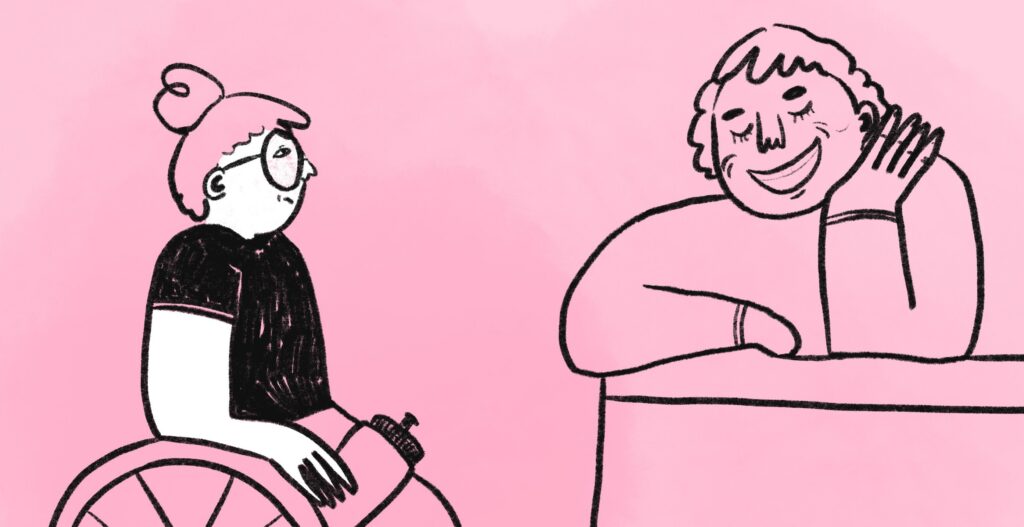
That said, I entered the practice hall on the day in question 2016, listening to the echo of the assistant’s words in my ears, eager for guidance from the coach.
I felt the pressure to succeed, individually and as a representative of my gender and disability.
The trainer, a young man, barely knew how to tutor me. He prepared a program and demonstrated how to use the facilities, but the following months I worked without his guidance for the sake of his time spent on ‘his boys’. I was merely a rookie, with limited knowledge in weightlifting restricted by this one program and my own experiments with the equipment.
The active members of the team were all males, and me. Unlike the trainer, some of them offered some guidance but shortly after my first time I began noticing uncomfortable harassment. Me and my female assistants started to get unwelcome attention from my teammates. Not to mention the middle aged men, that were allowed to use our training hall, they didn’t leave us alone. One of them used to stand over me and clapped when I did something, his presence upset me.
As much as I love weightlifting and dreamt of becoming a star like my heroes Annie Mist and Katrin Tanja, the team spirit was poisonous. The boys didn’t take me seriously and perceived me as a decoration for the bench. Adding fuel to the fire was an instance at the entrance of the training hall: I was entering when a woman stopped me and told me boccia didn’t start for another hour or so. I kindly thanked her but explained my intentions to her resulting in a look of astonishment while evaluating my appearance, wearing my activewear in my wheelchair — holding shoes in one hand and a bottle of water in the other.
Her unspoken message was clear: my being was more suited for boccia than flexing my feminine muscles.

Four months in, I gave up. I was fed up with the lack of personal contact from the trainer and the harassment. And I wasn’t confident enough to file a complaint to the supervisor, who was a middle aged man with overflowing belief in the team. I felt like I had no other option but to quit the team.
Despite the fact I gave up the team, I didn’t want to stop training weightlifting or something similar. So the search began. I had some experience with strength training and boxing at Mjölnir before so I did some private lessons there. Despite several people’s doubts I made my way to Crossfit. They questioned my physical capacity to handle the Crossfit workouts but I didn’t listen and I thought to myself it wouldn’t hurt to try. Crossfit was a whole different story. The gender ratio wasn’t as decisive and the participants and coaches took me seriously. I wasn’t a decoration, I was a female athlete. The coaches believed in me and my ability to tackle the WOD’s and I didn’t get any special treatment. I trained for two years before taking a break due to my health. I am aiming for returning as soon as possible.
It is unbelievable how training at a public training club was more accessible to me than with a sports team for the disabled. Another thing I find concerning is the attitude towards women in weightlifting. The cause could be insufficient education on gender equality amongst disabled people, or simply the scarcity of disabled female role models in weightlifting.
The disabled, female weightlifter doesn’t have a face, still — nevertheless I suspect there are more women like me out there with love for weightlifting and potential.
If there is a professional out there, she hasn’t received the attention she deserves.

“The new constitution has the ability to really improve Icelandic society.”
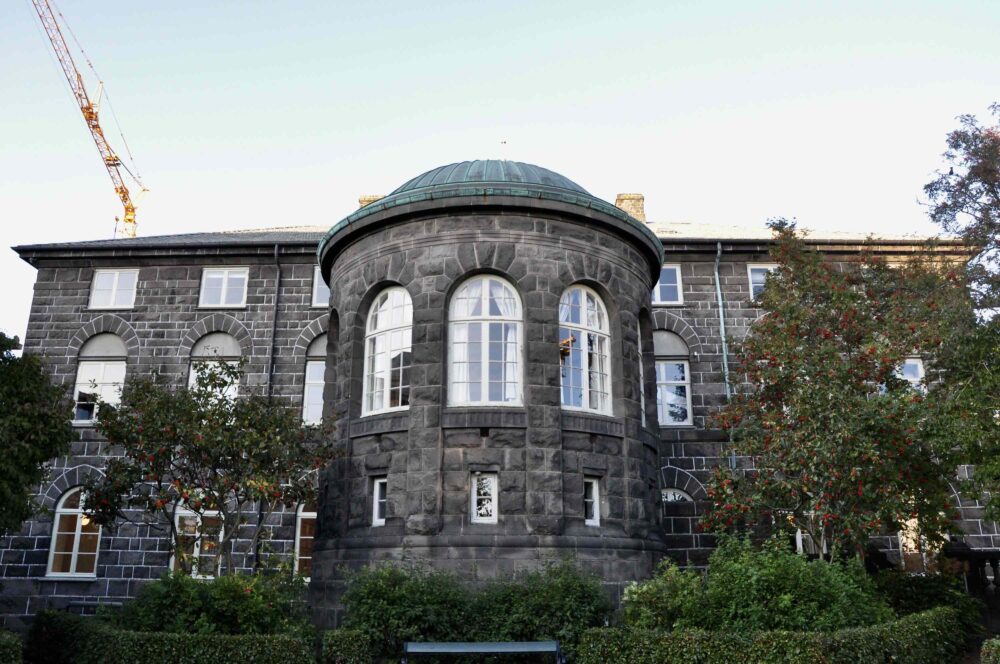
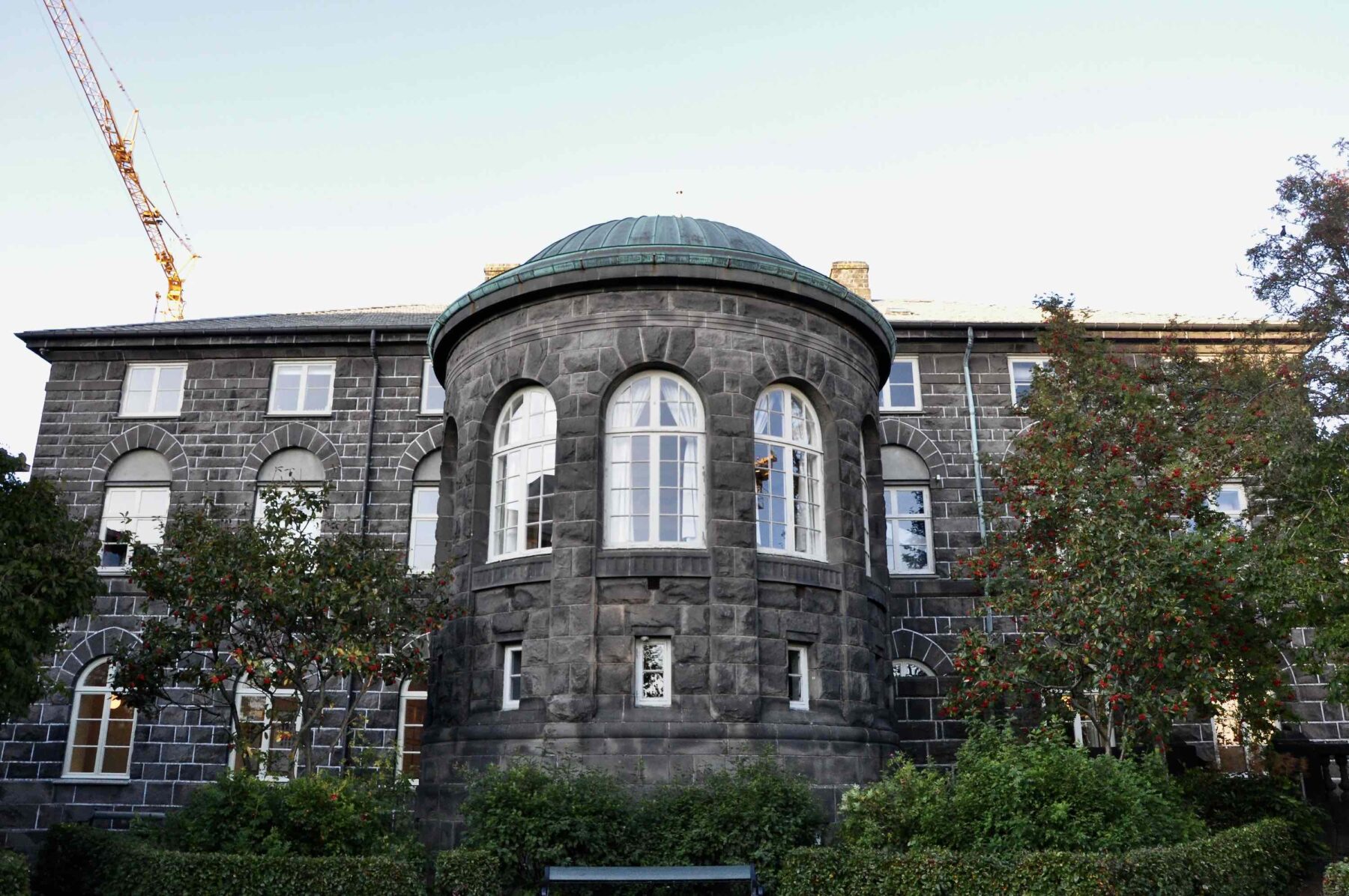
My Right to Exist
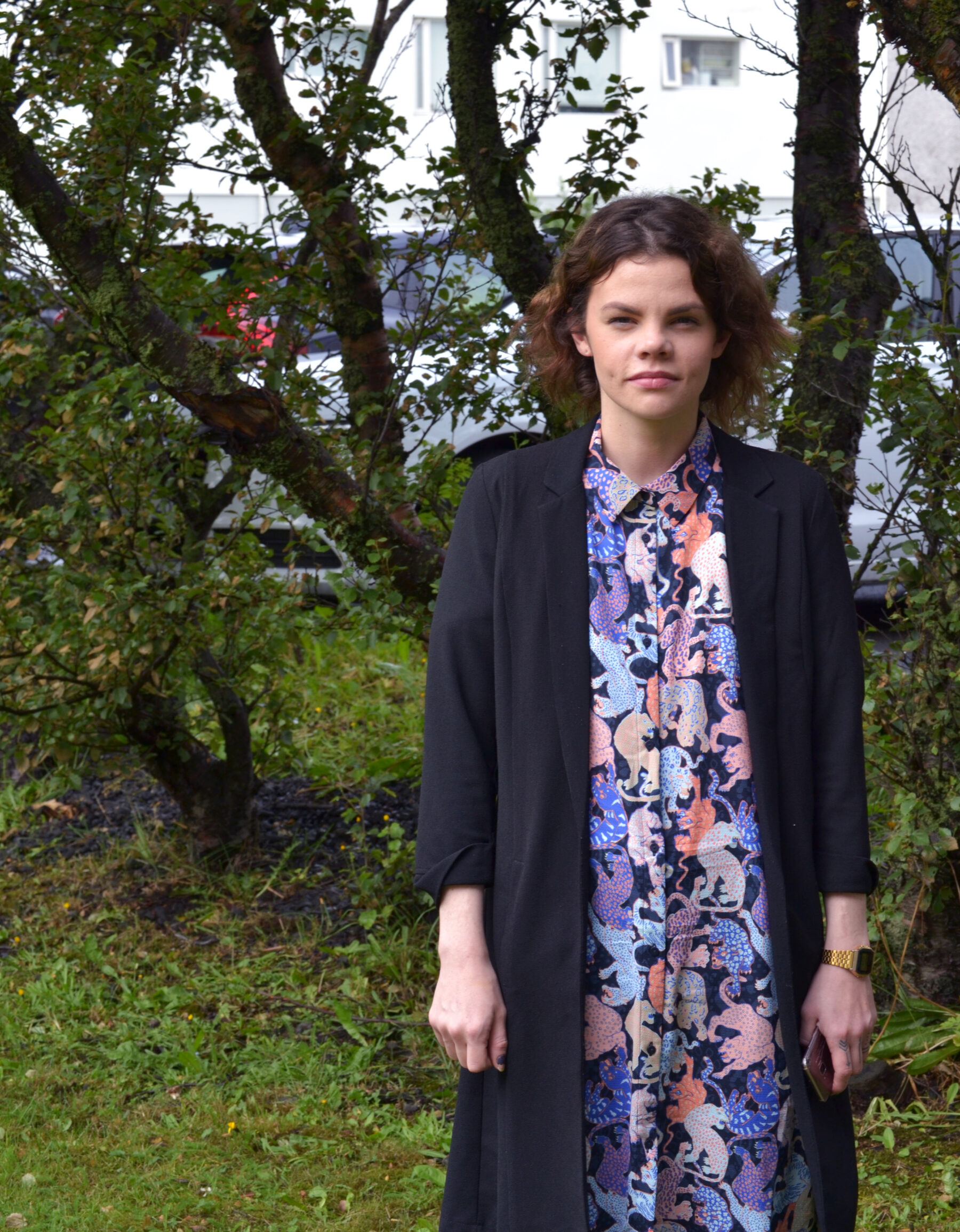

Perpetrators are Diverse
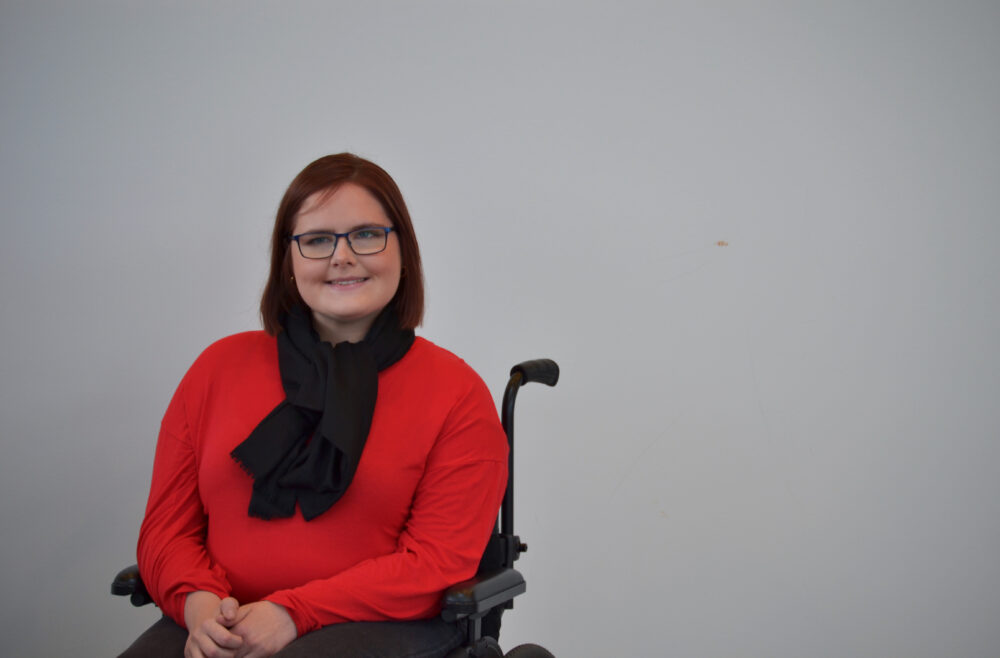
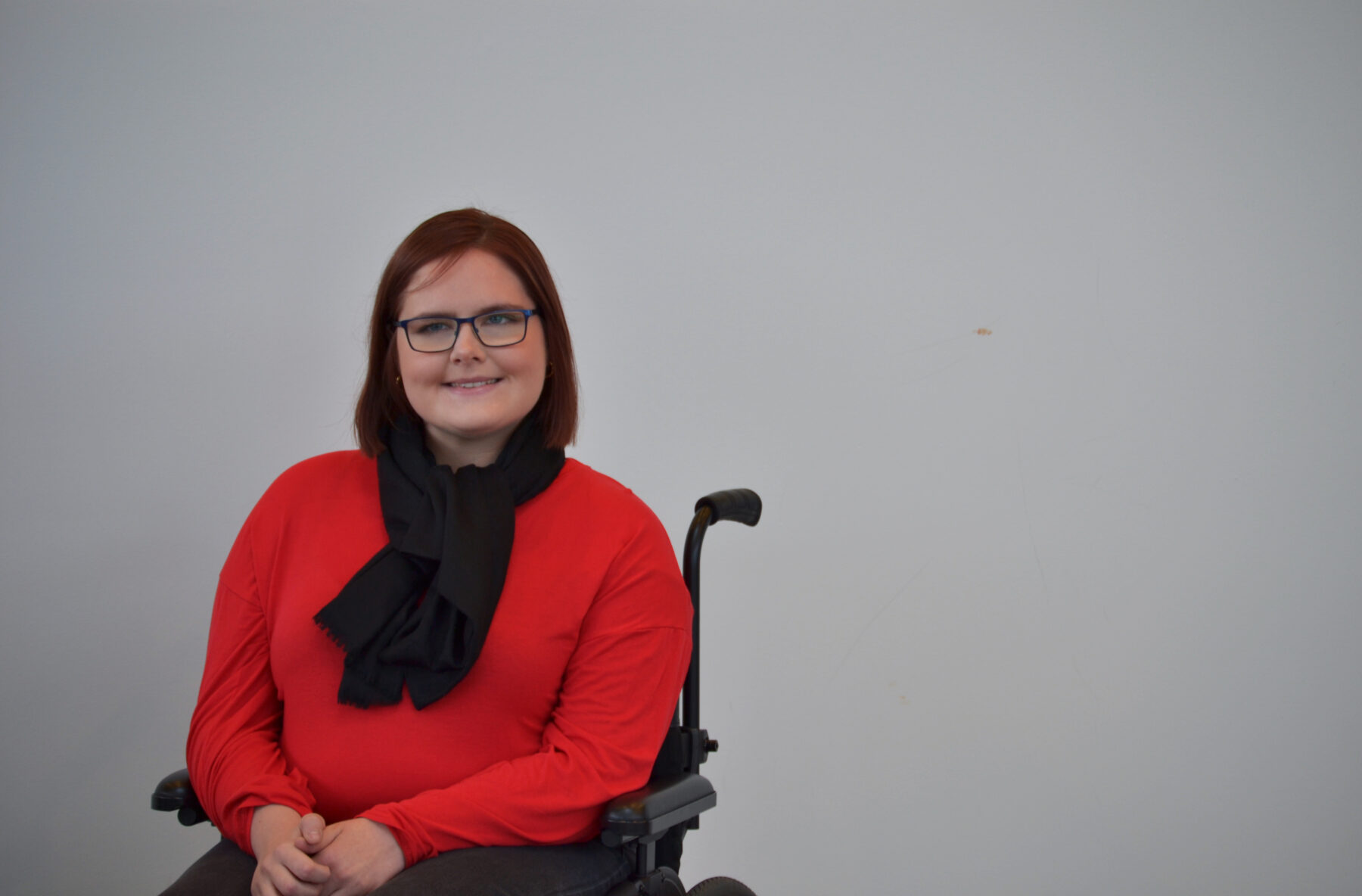
Drag in Reykjavík
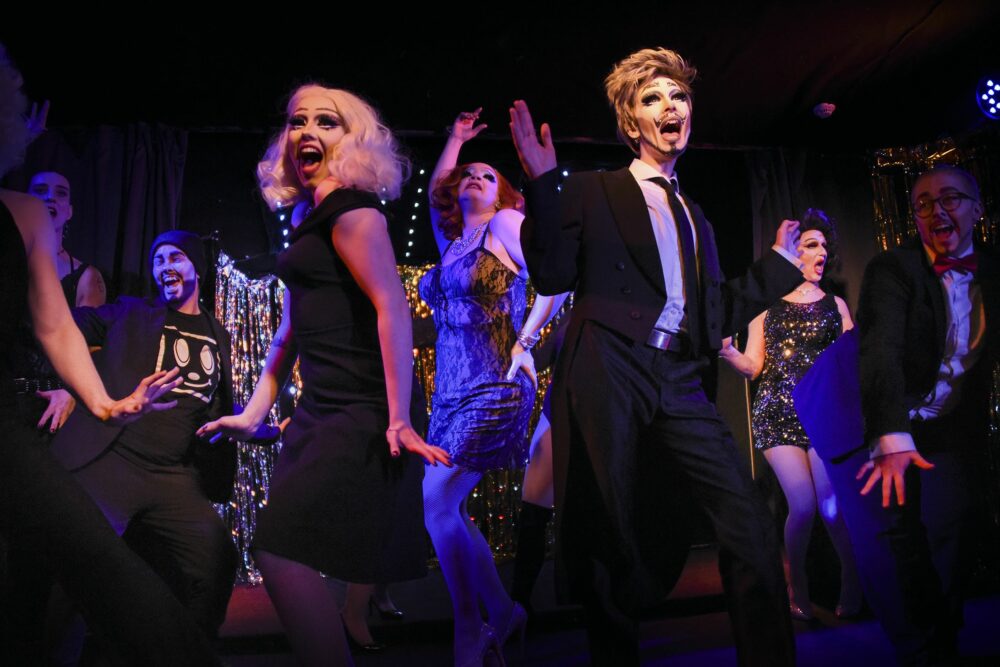
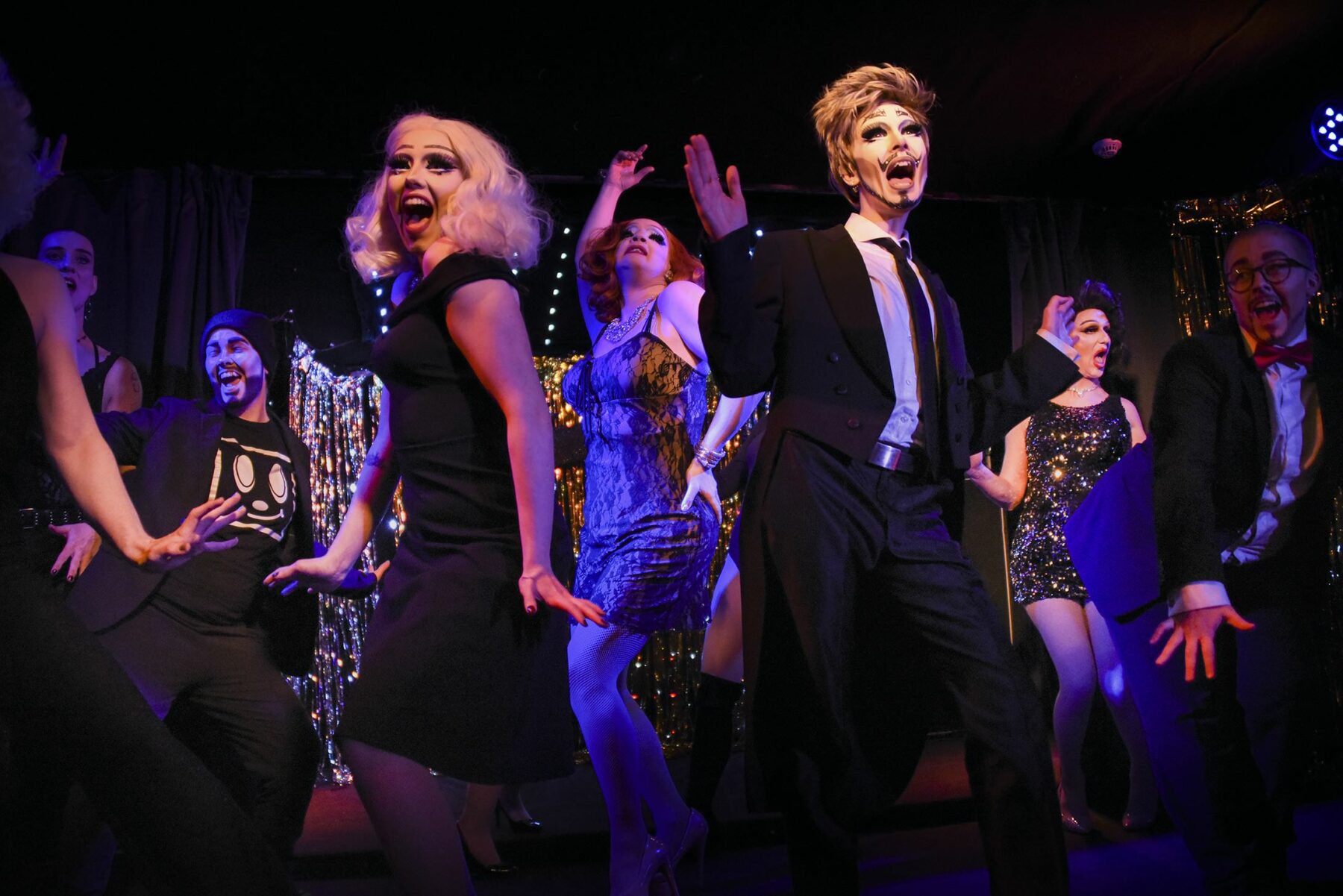
Read more about...
